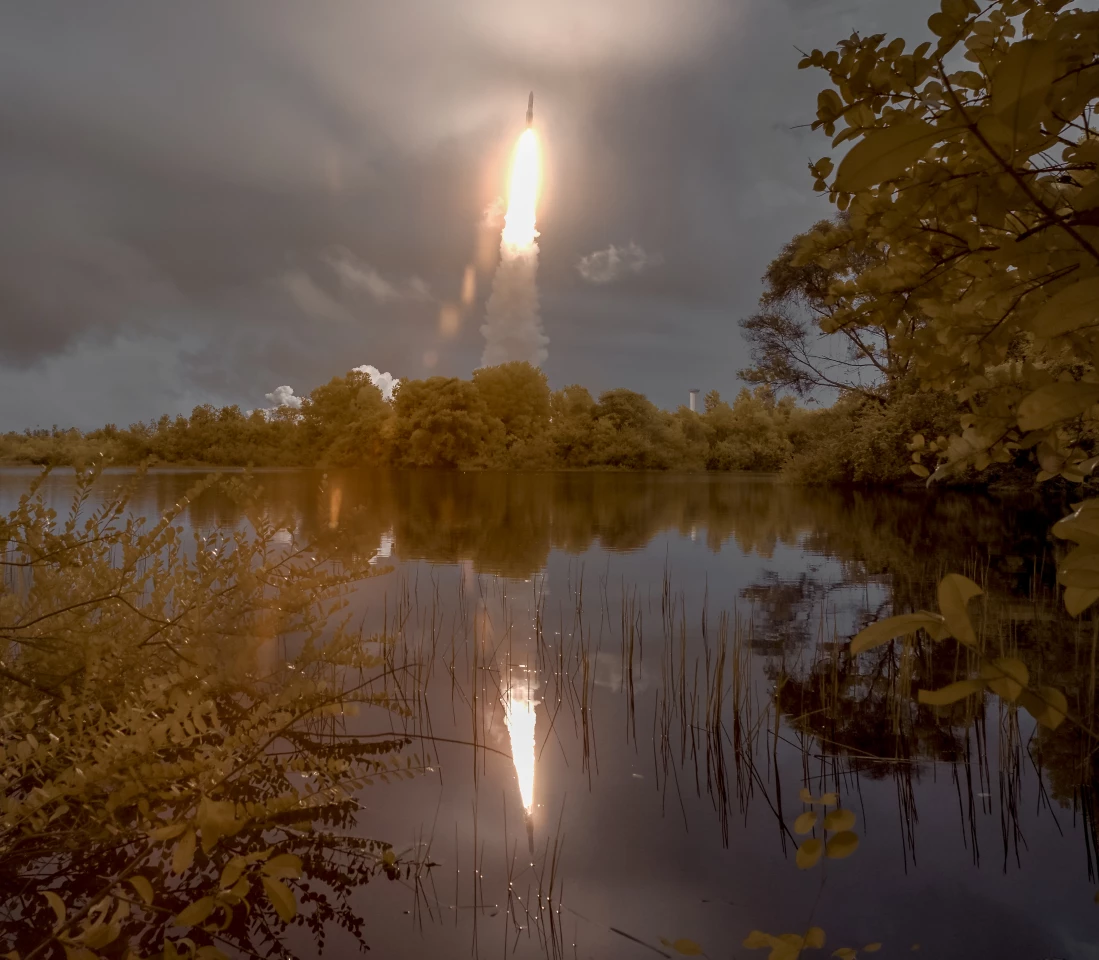The James Webb Space Telescope (JWST) hasn't even finished unfurling itself after its December 25 launch and NASA says that its mission could already be extended beyond 10 years thanks to excess fuel for its onboard thrusters.
After a long-delayed launch, NASA's flagship space telescope is now on its month-long journey to the second Lagrange point (L2), where the gravitational forces of the Earth and the Sun balance out one another, allowing the 13,584 lb (6,161.4 kg) spacecraft to orbit the point in space about one million miles (1.5 million km) from Earth.
While on this passage, the JWST had to execute a pair of course correction burns using its main rocket engines. The first was carried out on December 25 at 7:50 pm EST and lasted about 65 minutes. The second was on December 27 at 7:20 pm EST for nine minutes and 27 seconds.
Because navigating a spacecraft is a matter of combining course corrections with a series of increasingly precise estimates of its trajectory, NASA's Webb team analyzed the JWST's initial trajectory after its launch atop an Ariane 5 rocket from ESA's Centre Spatial Guyanais in French Guiana. They found that the Ariane 5 did its job better than expected and the course corrections required less fuel than was originally estimated.

As a result, the main engines and the eight smaller attitude thrusters of the spacecraft have a larger remaining supply of the 43 gal (159 l) of hydrazine fuel and 21 gal (79.5 l) of dinitrogen tetroxide oxidizer originally loaded aboard. Rocket fuel is the biggest limiting factor of a craft's lifespan. Because it's needed for station keeping and attitude control, the more there is means the longer a mission can be.
In the case of the JWST, the original mission plan was for a minimum of five years and an upper limit of 10 years. Now NASA says that the space telescope has enough fuel to remain in service for over a decade, assuming that nothing else fails.
As the JWST travels to L2, mission control is going through the complex task of guiding the giant telescope through the process of deploying its collection of components that were folded up for launch. So far the solar panels, the antenna array, and the pallets carrying the sun shield have been deployed and the Deployable Tower Assembly has been extended, separating the telescope from the spacecraft for better heat insulation. This will be followed by unfurling the shield and unfolding the giant primary mirror of the telescope. Full deployment of all parts will take up to 24 days from launch.
Source: NASA







